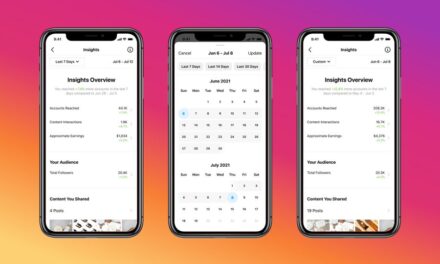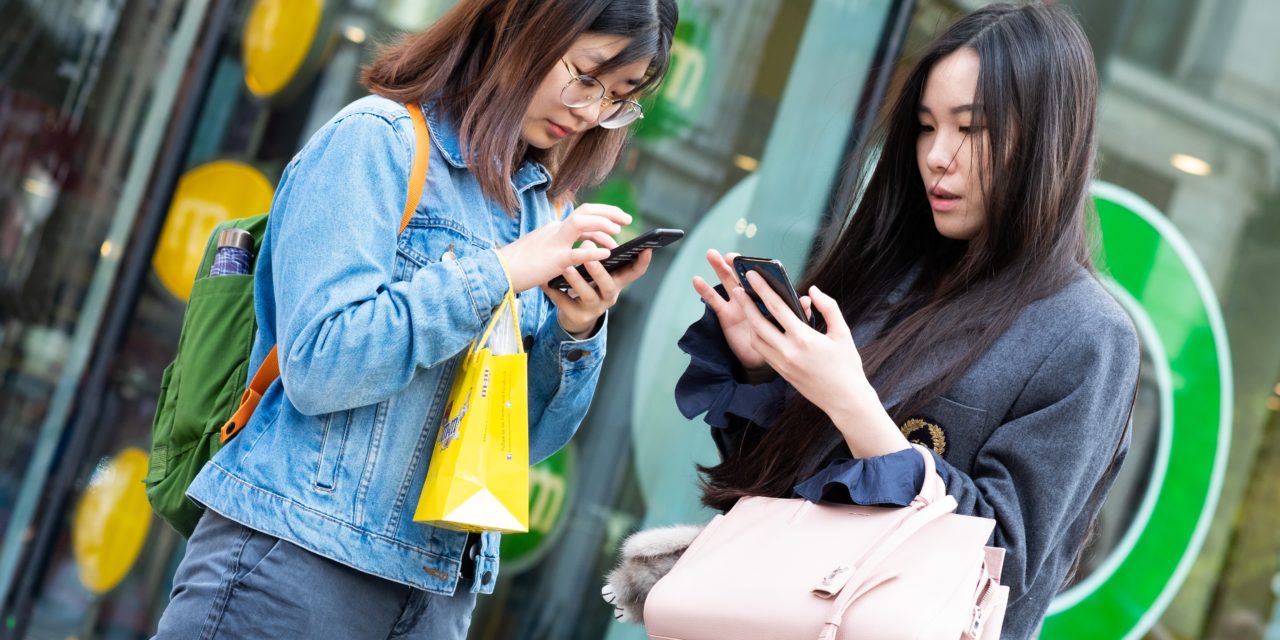Visual search is an emerging development in the world of artificial intelligence (AI) and machine learning (ML) which has the potential to revolutionize how consumers find and buy products. By streamlining how we search, companies can move closer to the instant gratification that many consumers demand.
62% of Millennials desire the ability to visually search over any other new technology, and the likes of Google, Amazon, Pinterest and Bing have already developed significant capabilities in this area.
“The future of search will be about pictures rather than keywords,” stated Pinterest CEO, Ben Silbermann. And with so much consumer and brand weight behind it, it’s no surprise that visual search promises to be a breakout trend of 2019.

Visual Search Stats
The move towards visual search is not going unnoticed, as the statistics below demonstrate:
- Images are returned for 19% of search queries on Google
- There are over 600 million visual searches on Pinterest each month. Image-based Pinterest Ads have an 8.5% conversion rate, and Pinterest is projected to clear $1 billion a year in ad revenue by 2020
- The image recognition market is expected to grow to $25.65 billion by 2019
- By 2021, early adopter brands which redesign their websites to support visual and voice search will increase digital commerce revenue by 30%.
How Does Visual Search Work?
The human brain is extremely visual – it can identify images within 13 milliseconds, and 90% of all information received by the brain is visual.
Given this, visual search is a natural evolution in enhancing how technology works best for us – however a human brain is very different from AI. When we look at a picture, we don’t see a set of points and dotted lines. Instead, we can identify patterns and shapes immediately. The theory behind visual search is to teach machines to do the same.
When presented with an image, visual search identifies objects within it, and then searches for images related to those objects. For example, based on an image of a chair, a visual search would enable you to shop for an identical or similar chair. Current technology can identify multiple shapes and outlines contained within a single image to allow users to match to different objects.
Visual search engines rely on neural networks which utilize machine learning technology, so the systems are constantly learning and expanding their field of experience. Companies with a lot of information – such as Google – benefit most, as their visual search application (Google Lens) has an enormous amount of data from which to improve its search functionality. Because of this, Google Lens can not only identify objects in an image, but also match them to local retailers, provide customers reviews, and sort listings.
How Brands Can Improve Their Visibility
Any brand can kick-start their visual search visibility with a few simple steps:
1. Build image search into your web inventory
Currently, only 8% of retailers have built image search into their web inventory. The leader in this field, Pinterest, recently completed a deal with Target to feature its visual search technology within Target’s apps and website. This is just one example of how brands can incorporate visual search options as a way for customers to browse products easily on their site.
Get social media news like this in your inbox daily. Subscribe to Social Media Today: Email: Sign up By signing up you agree to our privacy policy. You can opt out anytime.
2. Focus on boosting organic image visibility
Schema markup and metadata are particularly important for SEO in visual search. With minimal text expected in the future of visual search, this data may be one of the only sources of textual information for search engines to crawl. What’s more, metadata strengthens your ability to drive traffic not only to your website but also to specific products on your site.
3. Advertise on Pinterest
Pinterest’s enormous market impact and its well-developed visual search abilities make it an increasingly smart bet for the future. If it’s a good fit for your target audience, consider advertising your products alongside similar items for maximum impact.
4. Submit images to your sitemaps
It’s important that your images are displayed clearly, and are free of clutter, so that visual applications have an easier time processing them. Optimize your images for ideal size, ideal file type, and have carefully chosen titles.
Adding images to your existing sitemaps is also simple – for each URL you list in your sitemap, you can add additional information about important images that exist on that page. You don’t need to create a new sitemap, you can simply add information on images to the Sitemap you already use.
Visual Search Changes in 2019
Aside from an increasing number of companies adopting visual search tools, we can expect to see some additional trends within the visual search technology space as well.
In 2019, look out for:
- Increased integration with chatbots – It will become easier to use visual search as a way to start a conversation with a brand’s chatbot.
- Text and image – More brands will combine visual search with text search to increase their visibility and reach.
- Broader visual search – Visual platforms, such as Instagram, will start to realize their potential to tie-in to the visual search market, allowing for smoother shopping experiences.
- Improving technology – Overall, visual search technology will become more accurate and widespread.
While still in its infancy, visual search technology promises much for the future. Planning for this growing market is a must for brands wishing to stay visible – while visual search isn’t expected to replace keywords and text-based search entirely any time soon, it will inevitably disrupt the SEO industry significantly in the years to come.














